Greece offers a particular type of paradise for those travelers who arrive with ambitious sightseeing plans yet secretly desire permission to slow down. The nation’s laid-back culture, stunning coastal settings, and villages designed for lingering rather than rushing create perfect environments for chronic overplanners to discover the art of relaxation – often despite their initial intentions.
Here is a list of 15 Greek destinations ideally suited for travelers who want to relax but typically overbook themselves.
Folegandros
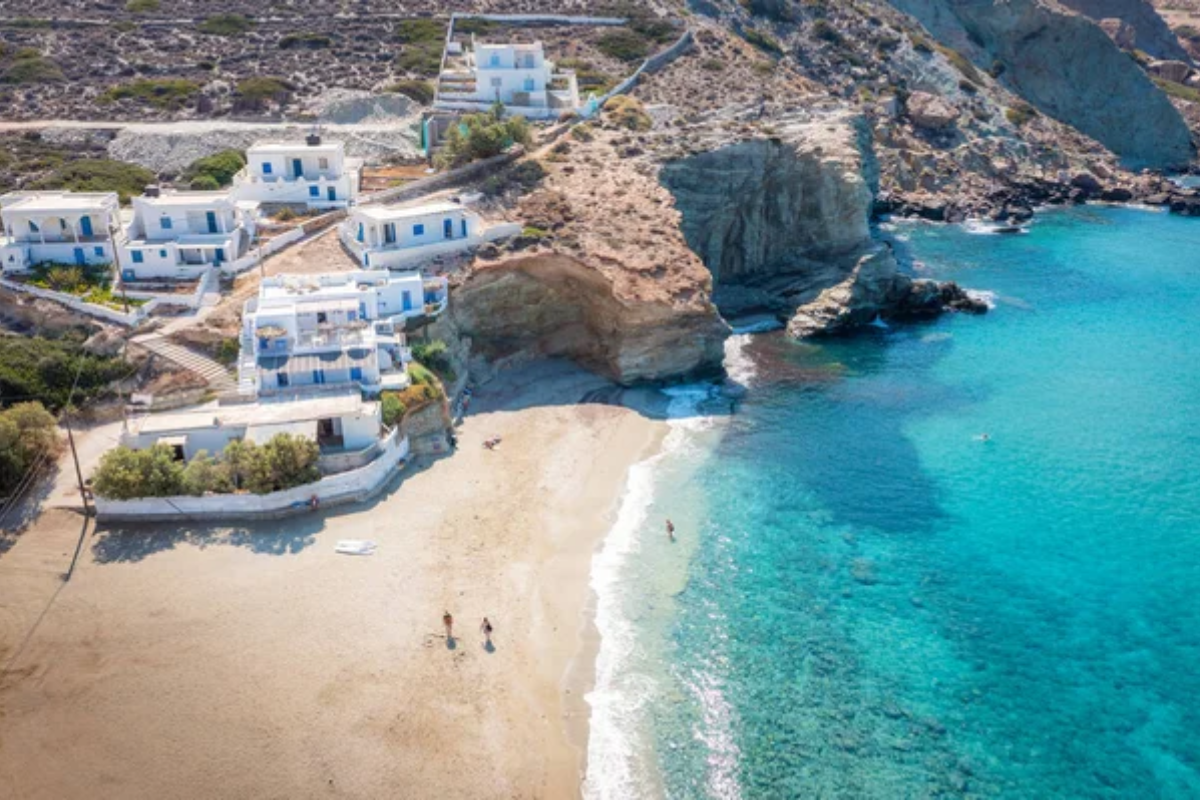
Positioned between popular Santorini and Milos, this compact Cycladic island initially disappoints planners with its minimal “must-see” attractions – then reveals its genius through forced decompression. The main village features just three linked squares where evening activity consists mainly of deciding which taverna deserves your patronage.
Hiking trails leading to remote beaches lack convenient transportation connections, making ambitious multi-beach days naturally impossible. The island’s limited accommodation options prevent the anxiety of endless hotel comparison, while the absence of landmark attractions eliminates list-checking pressure.
Mani Peninsula
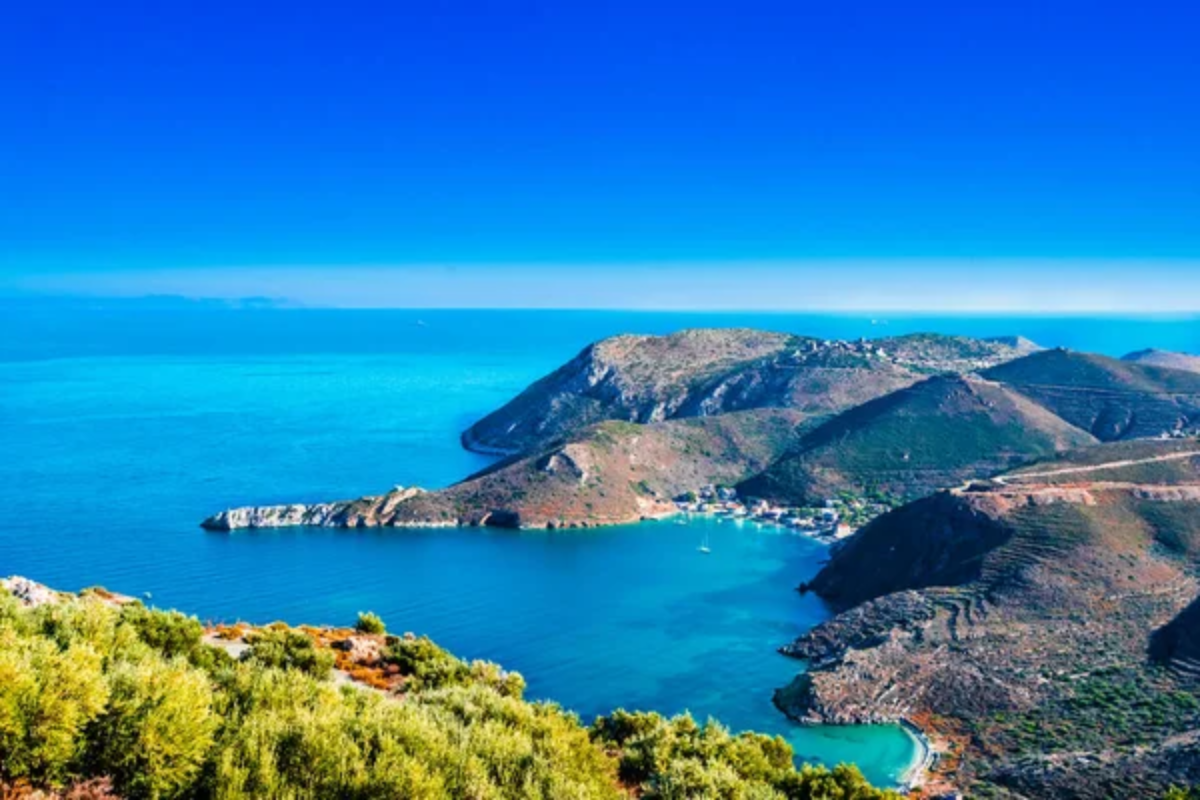
Extending from the Peloponnese’s southernmost finger, this rugged region discourages overscheduling through its deliberately unhurried pace and spread-out attractions. The tower houses dating from Byzantine times initially attract history enthusiasts who arrive with ambitious exploration plans.
These same visitors quickly discover that attempting to visit multiple villages daily proves futile against the winding mountain roads and irresistible cove beaches demanding impromptu swimming stops. Local establishments operate on flexible schedules that teach visitors to embrace spontaneity rather than rigid itineraries.
Like Travel Pug’s content? Follow us on MSN.
Ikaria
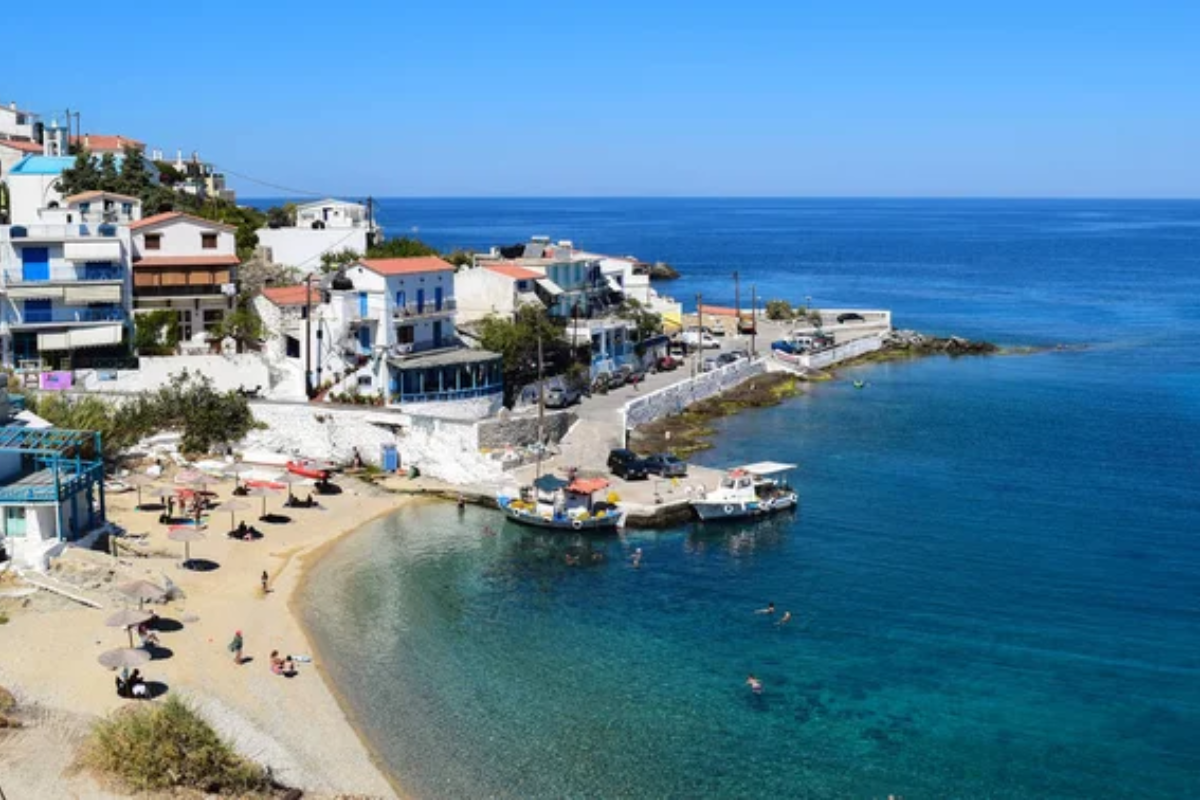
Known for its unusual concentration of centenarians, this Aegean island gradually converts overscheduled visitors to its famously unhurried lifestyle through subtle environmental cues. The locals’ tendency to operate on flexible time schedules – with shops opening when owners arrive and closing for extended afternoon breaks – frustrates initial planning attempts while ultimately teaching valuable lessons about prioritizing wellbeing.
The island’s therapeutic hot springs permit no rushing, while the scattered villages connected by challenging roads prevent unrealistic daily sightseeing lists. Evening activities start notoriously late, forcing northern Europeans and Americans to adapt to Mediterranean rhythms.
Pelion Peninsula
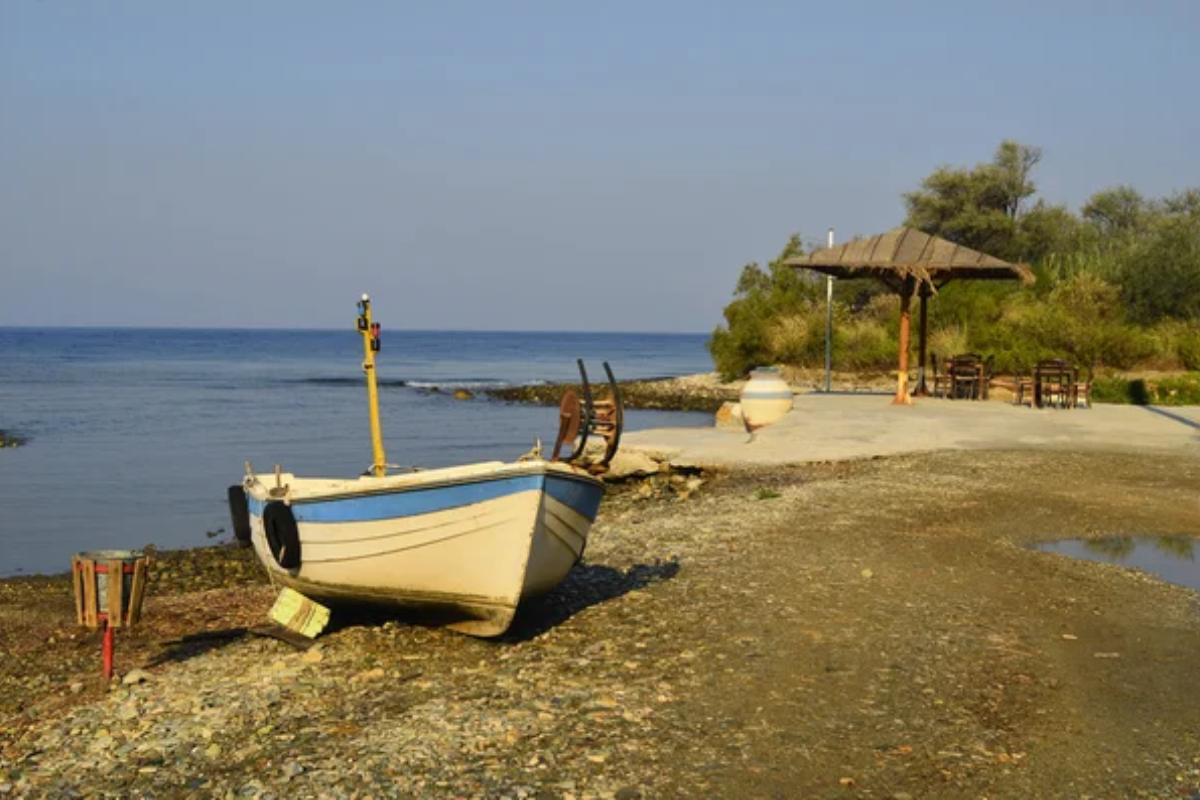
This mountainous region northeast of Athens initially attracts ambitious hikers and beach-hoppers with its combination of forest trails and hidden coves. Upon arrival, these active travelers discover villages designed for lingering, with central squares shaded by thousand-year-old plane trees practically demanding extended coffee sessions.
The winding mountain roads quickly demonstrate the futility of attempting to visit multiple beaches daily, while the traditional architecture creates environments where hurrying feels culturally inappropriate. The peninsula’s seasonal changes encourage a deeper connection with single locations rather than constant movement.
Amorgos
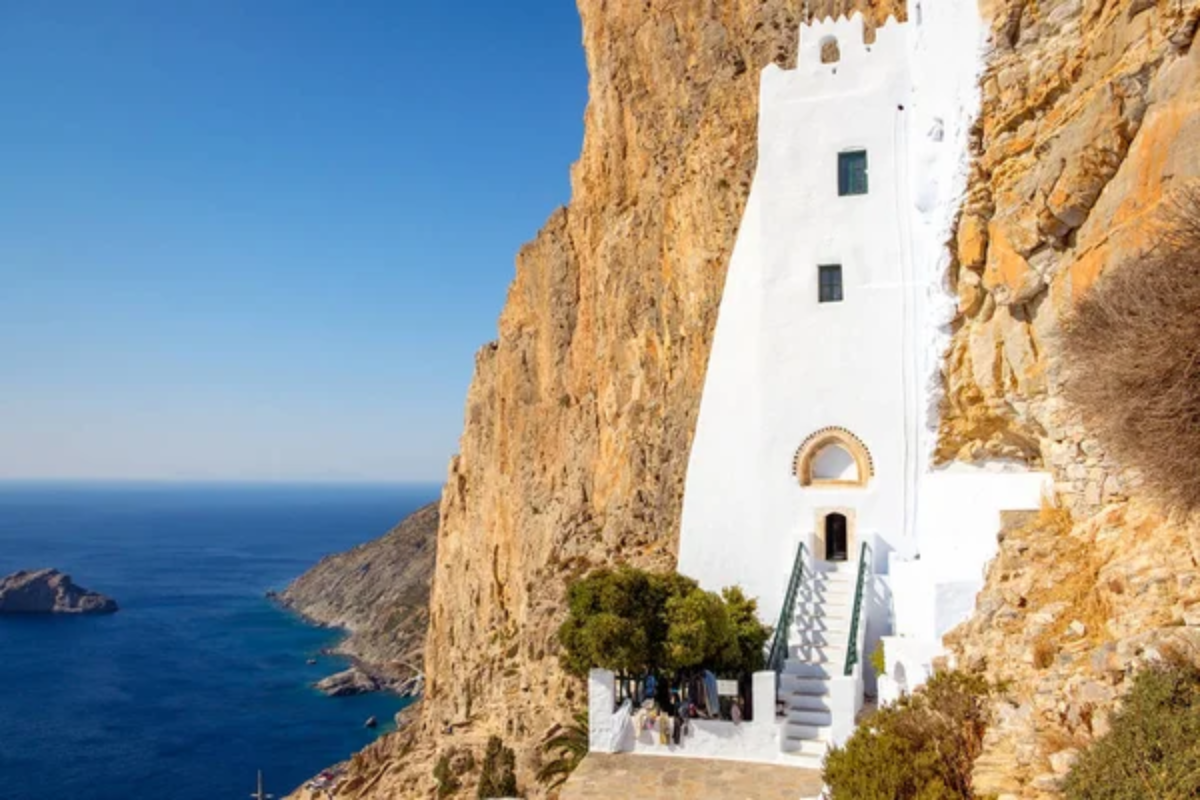
Made famous by Luc Besson’s film “The Big Blue,” this elongated island rewards those who surrender their ambitious itineraries to its natural rhythm. The impressive Hozoviotissa Monastery clinging to a cliff face initially attracts history-focused visitors who soon discover that reaching various island highlights requires embracing local bus schedules beyond personal control.
The island’s main village features a remarkable single-file main street that physically prevents rushing and rewards measured exploration. The legendary local spirit called rakomelo encourages evening relaxation that makes morning efficiency increasingly unlikely.
Like Travel Pug’s content? Follow us on MSN.
Plaka, Athens
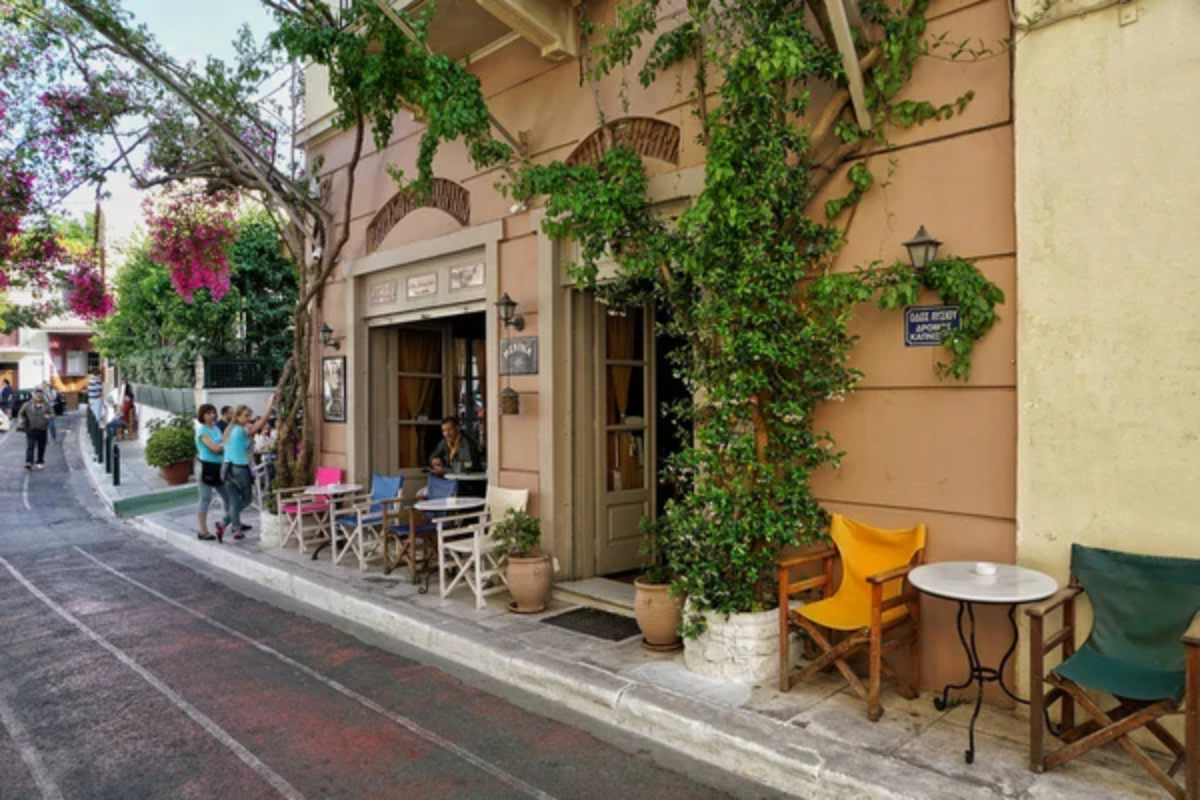
This historical neighborhood beneath the Acropolis converts rushed itinerary-followers into meanderers through its deliberately confusing maze of pedestrian streets that frustrate map-following. Visitors initially attracted by the proximity to ancient landmarks discover that the real pleasure comes between destinations – in hidden squares and family tavernas invisible to those rushing between archaeological sites.
The neighborhood’s position requires uphill walks that are physically slow, even determined list-checkers to an appropriate pace for appreciation. Rooftop bars with Acropolis views tempt even dedicated sightseers to pause longer than planned.
Hydra
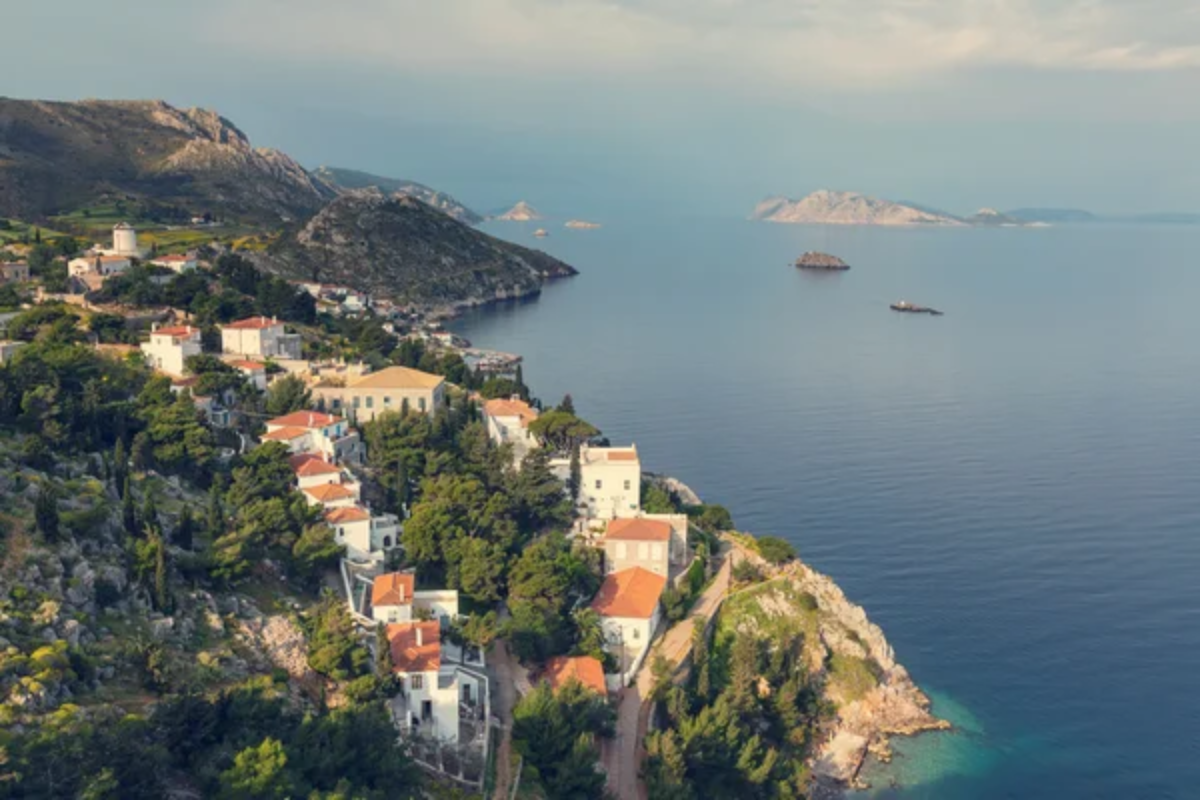
This car-free island just hours from Athens foils over planners through its complete absence of vehicles, requiring adjustment to donkey transportation timelines or one’s own walking pace. The harbor’s horseshoe shape, lined with cafes, creates an ambient backdrop that turns quick coffee breaks into extended people-watching sessions.
The limited accommodation options eliminate endless comparison anxiety, while the island’s size makes “seeing everything” actually achievable – though never as quickly as initially planned. The artistic heritage attracts culturally minded travelers who discover that inspiration requires unhurried observation.
Kardamyli
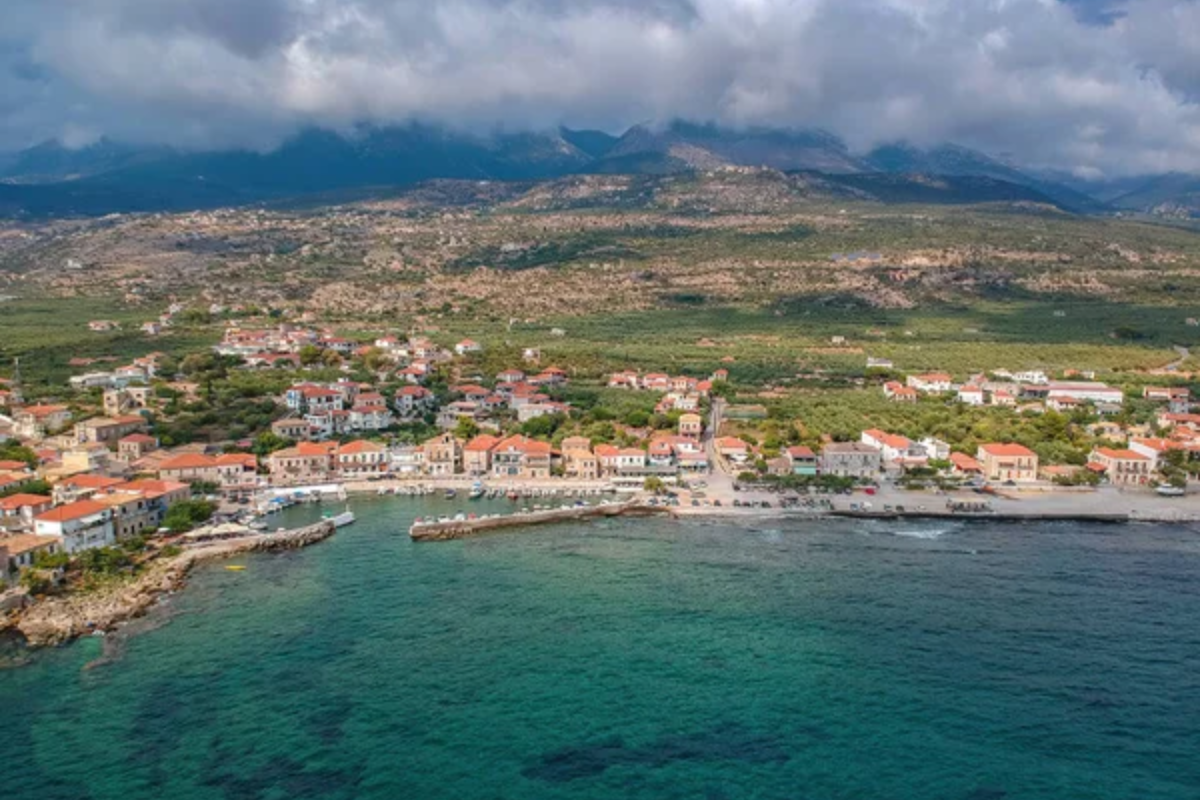
This Peloponnese coastal village beloved by writers initially appears simple to “complete” until visitors discover its subtle depths and impossible-to-rush atmosphere. The combination of mountain landscapes meeting crystal waters creates a constant distraction from scheduled activities.
The literary connections to figures like Patrick Leigh Fermor attract intellectually ambitious travelers who quickly learn that meaningful connection to place requires time rather than checklist efficiency. The scattered family tavernas operate on independent schedules, teaching visitors to embrace meals as experiences rather than refueling stops.
Like Travel Pug’s content? Follow us on MSN.
Ancient Messene
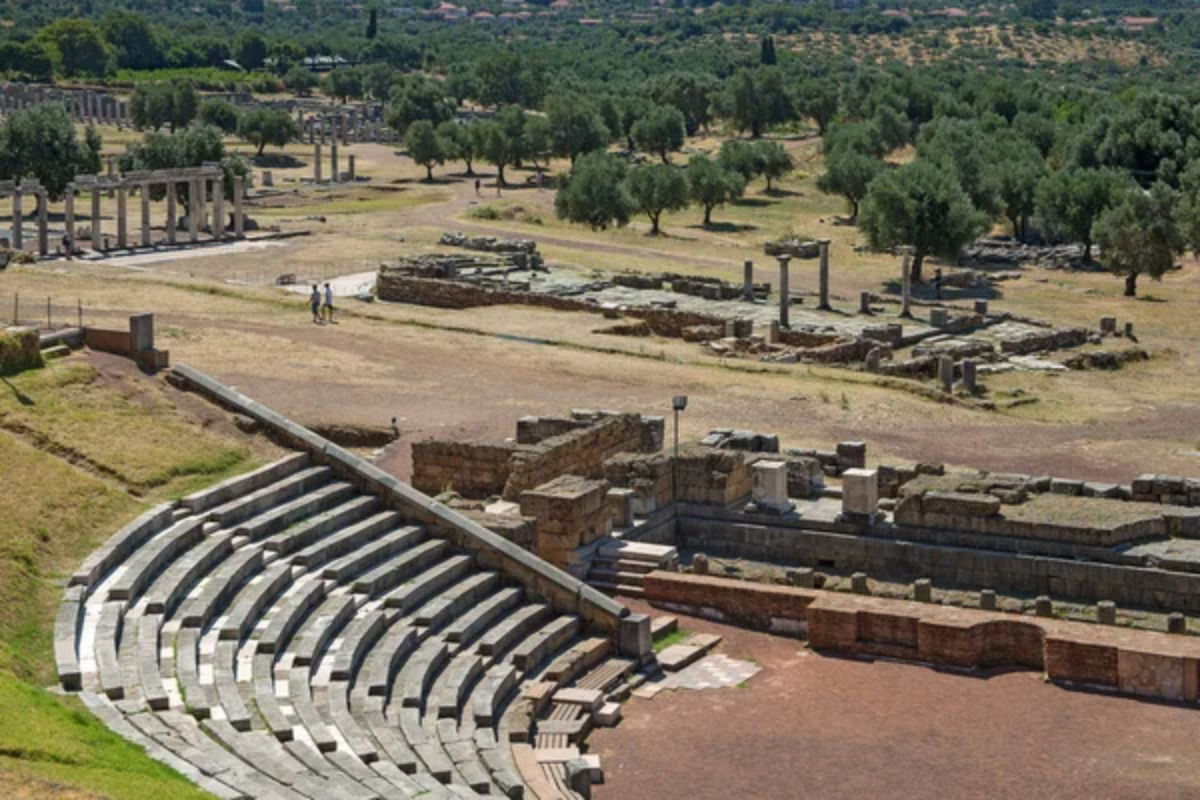
Unlike crowded Olympia or Delphi, this sprawling archaeological site in the southwestern Peloponnese retains a remarkably uncrowded atmosphere that converts rushed history enthusiasts into contemplative explorers. The vast ancient stadium and exceptionally preserved theater initially attract historically minded visitors seeking quick cultural capital.
These same efficiency-seekers find themselves lingering for hours, sitting in ancient spaces largely alone with their thoughts. The surrounding villages offer limited but exceptional dining options that encourage long lunches and revised afternoon plans.
Kythira
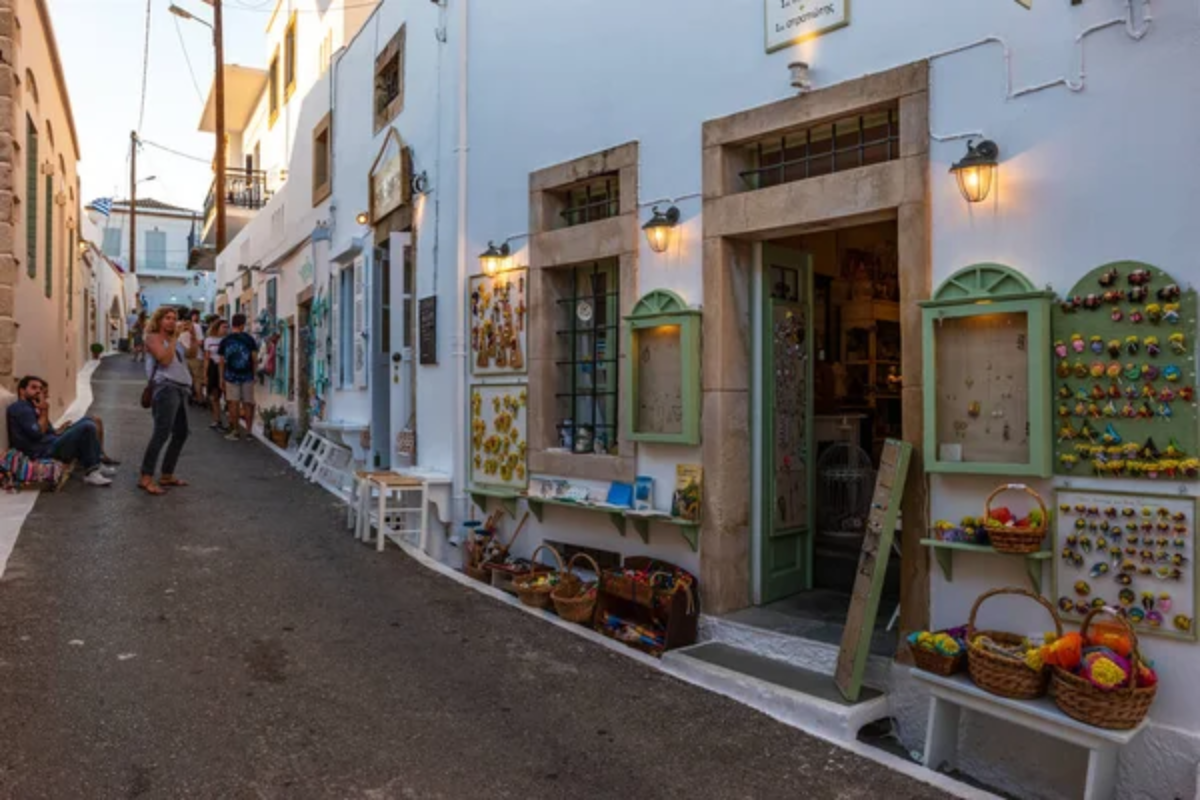
Floating between the Peloponnese and Crete, this island deliberately frustrates efficient tourism through its divided nature – with attractions spread between interior villages and coastal settlements requiring realistic scheduling. The castle overlooking the main village initially attracts history enthusiasts who soon discover that rushing through its narrow streets misses the essential experience.
The island’s position at the crossroads of different sea routes created a multilayered culture that reveals itself only through unhurried exploration and conversation with locals. The spectacular waterfalls create natural meditation spaces that convert even determined list-checkers.
Zagori Region
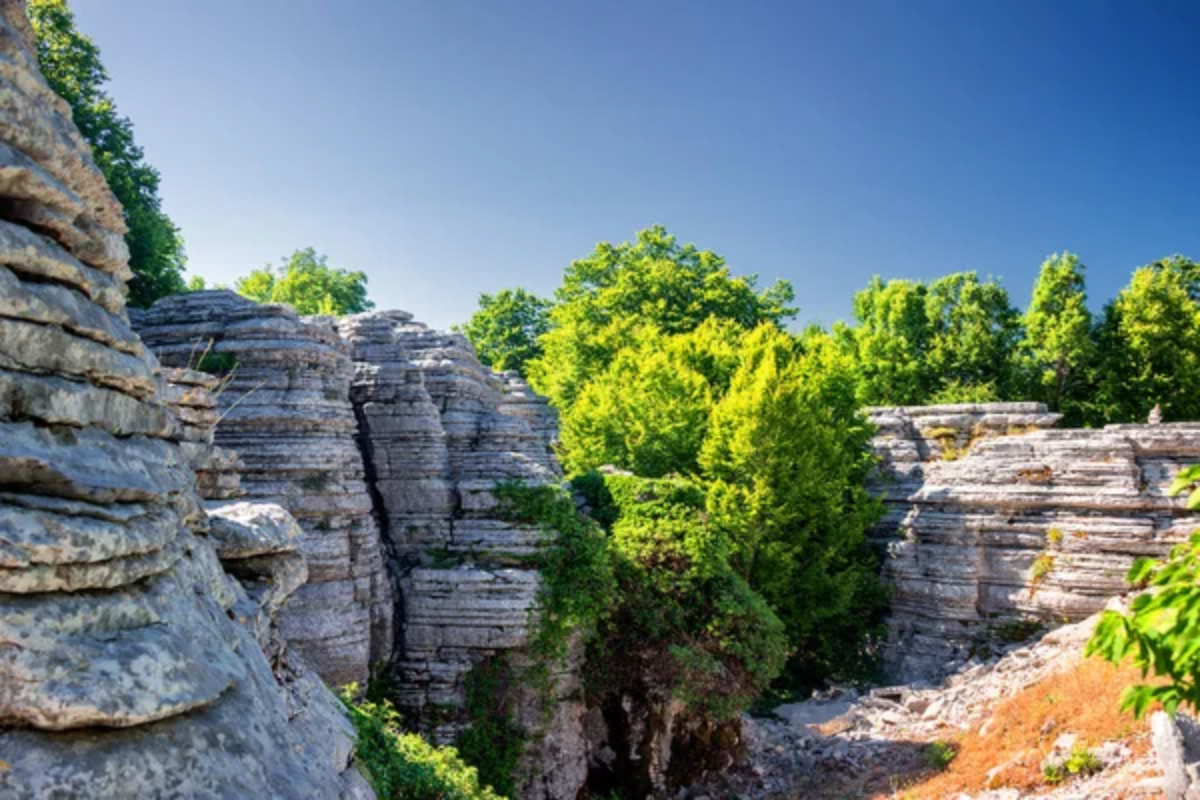
This mountainous northern region features stone villages connected by ancient mule paths and arched bridges that physically enforce slower travel rhythms. Initially attracting ambitious hikers targeting the Vikos Gorge, visitors quickly discover that mountain weather and challenging terrain demand flexibility and afternoon recovery periods.
The traditional guesthouses with fireplaces and courtyard seating areas convert quick overnight stays into extended retreats. The regional cuisine based on slow cooking methods and communal dining teaches visitors that food experiences should never be rushed between activities.
Like Travel Pug’s content? Follow us on MSN.
Paxos
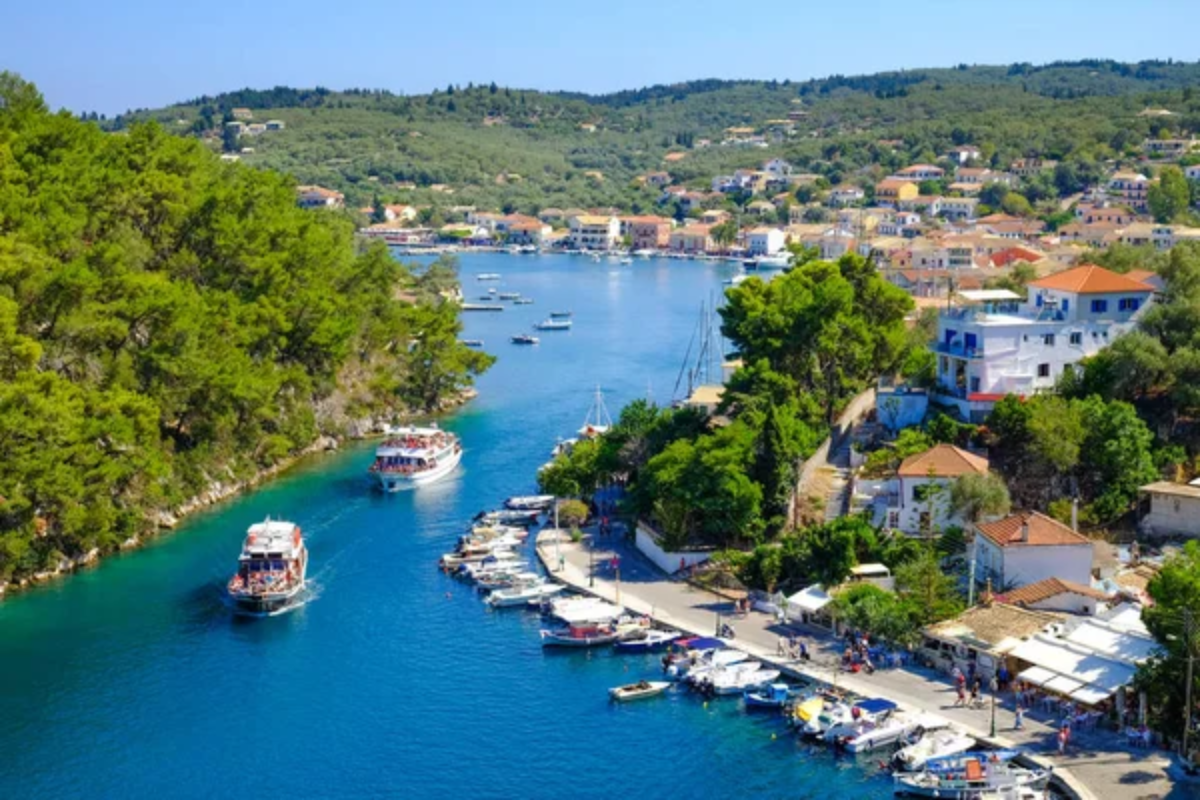
The smallest of the Ionian Islands appears deceptively simple to “complete” until visitors discover its concentrated charm and inherent resistance to rushed exploration. The three main harbors initially seem navigable within a single ambitious day until travelers experience the winding olive-lined roads and hidden coves accessible only by borrowed boats.
The island’s Italian influences create extended afternoon periods where attempting activity meets gentle cultural resistance. Evening harbor scenes with fishing boats returning convert quick pre-dinner drinks into hours-long experiences in maritime theater.
Nafplio

This elegant Peloponnese coastal town initially attracts visitors with its compact historical center and impressive fortresses overlooking the harbor. Ambitious tourists quickly discover that climbing the 999 steps to Palamidi Fortress in the morning heat requires afternoon recovery, while the perfect people-watching opportunities along the seaside promenade convert quick walks into extended observation sessions.
The exceptional local gelato culture encourages daily rituals that interrupt tight scheduling. The surrounding ancient sites create illusions of efficient day-tripping until narrow roads and Mediterranean lunch hours reveal otherwise.
Galaxidi
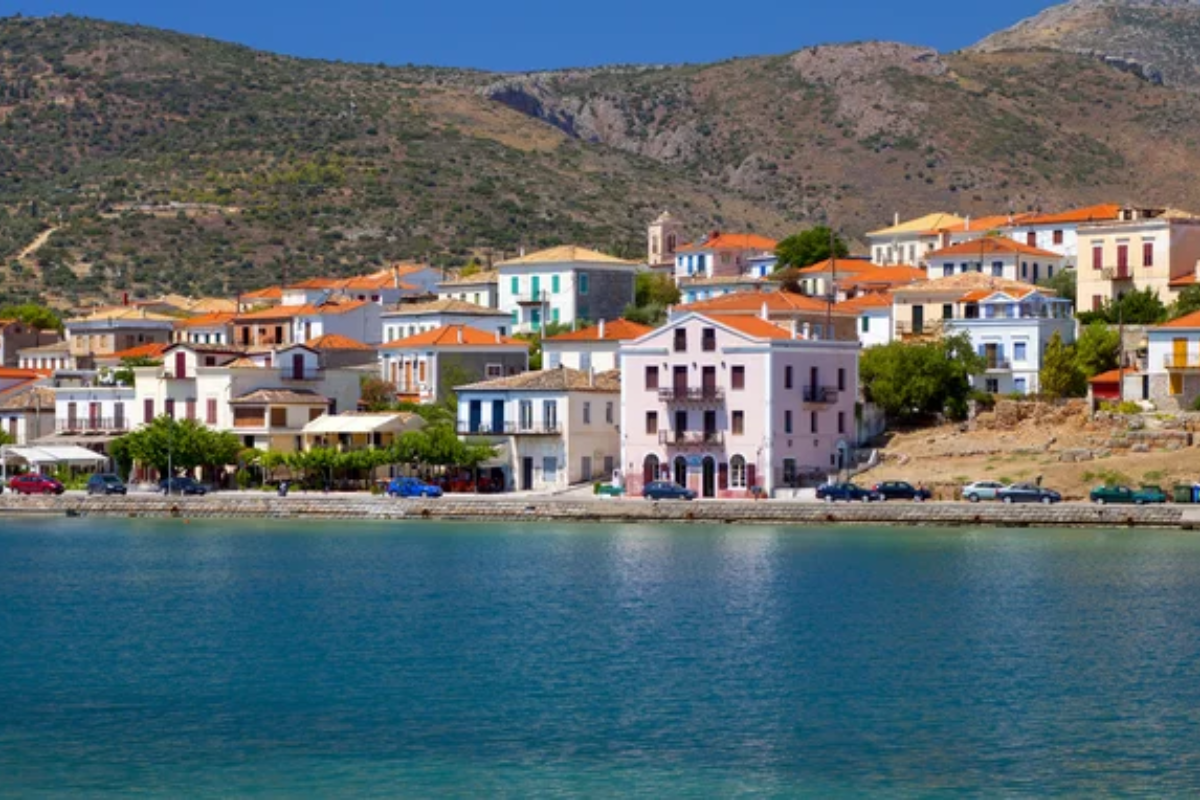
This former shipbuilding town on the Gulf of Corinth appears on travelers’ itineraries as a strategic overnight before visiting nearby Delphi, then captures them with an unexpected charm that extends stays. The maritime architecture and harbor setting create environments where rushing feels inappropriate and even culturally insensitive.
The nearby ancient sites initially attract historically minded visitors who discover that a meaningful connection with Greek heritage requires contemplative afternoons rather than efficient mornings. The local reputation for exceptional seafood converts quick meals into extended culinary experiences.
Like Travel Pug’s content? Follow us on MSN.
Milos
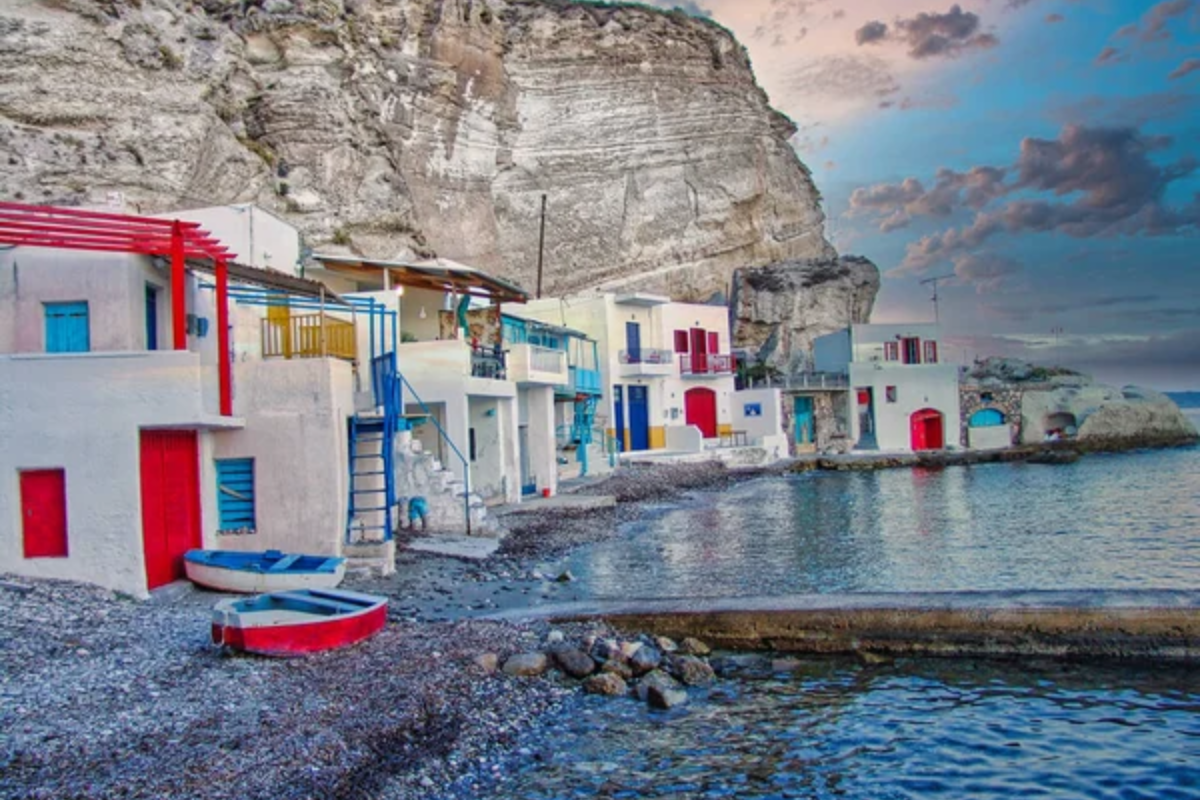
This volcanic Cycladic island frustrates ambitious beach-hoppers with its 70+ distinct coastlines that physically cannot be “completed” during reasonable vacation timeframes. The dramatic landscapes initially attract photographers who discover that capturing the island’s essence requires patience and repeated visits to the same locations in changing lights.
The ancient catacombs and amphitheater appear manageable as quick historical stops until visitors experience the contemplative atmosphere these sites naturally generate. The discovery that Venus de Milo originated here creates historical connections that reward slower exploration beyond visual consumption.
Hellenic Decompression Therapy
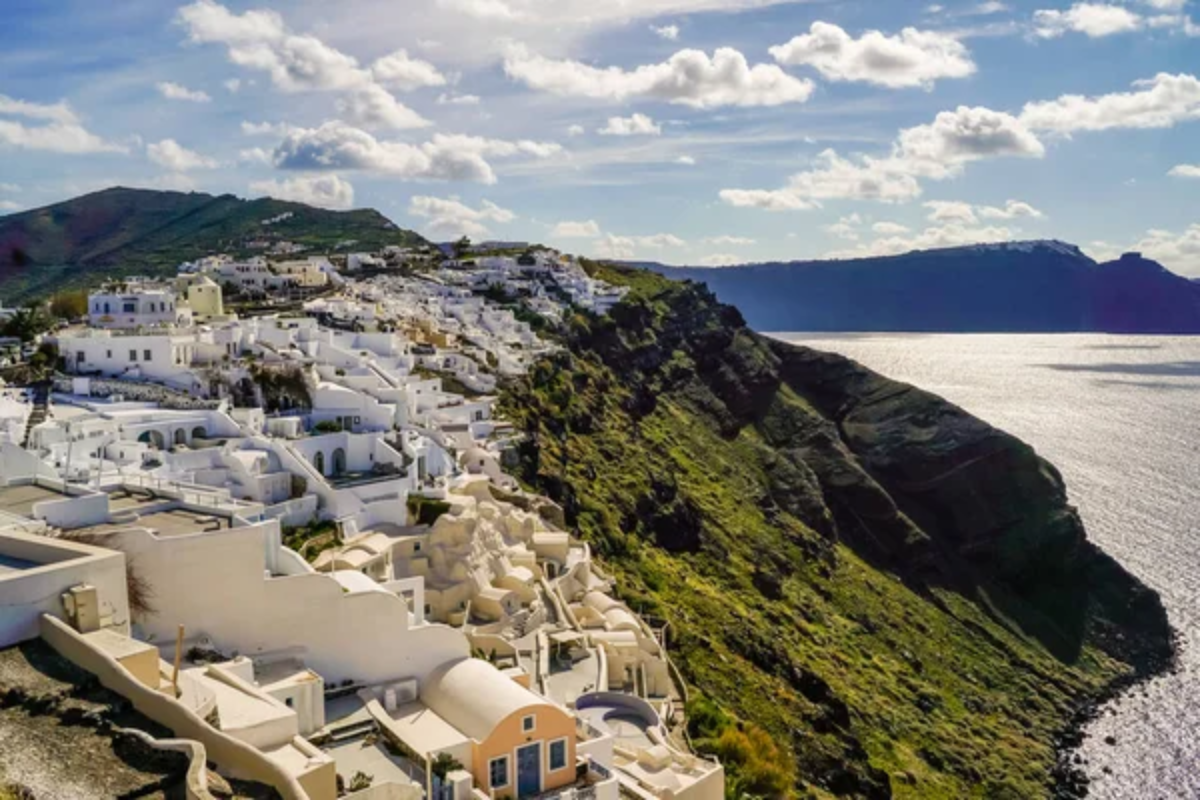
These destinations represent Greece’s particular genius for converting overscheduled travelers into reluctant but ultimately grateful practitioners of slower travel. Through environmental design, cultural expectations, physical geography, and remarkable beauty that demand proper appreciation, these places gently reprogram visitors accustomed to efficiency metrics and achievement-oriented experiences.
For those self-aware enough to recognize their tendency toward overplanning yet wise enough to seek its antidote, these Greek locations offer not just vacations but potential transformation, returning travelers with not only photographs but, perhaps more importantly, a slightly revised relationship with time itself.
More from Travel Pug

- 20 Towns Built for One Purpose That Were Later Abandoned
- 15 Hidden Spots in Disney World’s Magic Kingdom Most Visitors Miss
- 20 Once-Popular Beach Towns That Are Now Ghostly Empty
- 15 Canyons in the U.S. That Are Just as Stunning as the Grand Canyon
- 10 Under-the-Radar Mountain Towns That Are Both Affordable and Beautiful
Like Travel Pug’s content? Follow us on MSN.
